You can work more than your abdominals
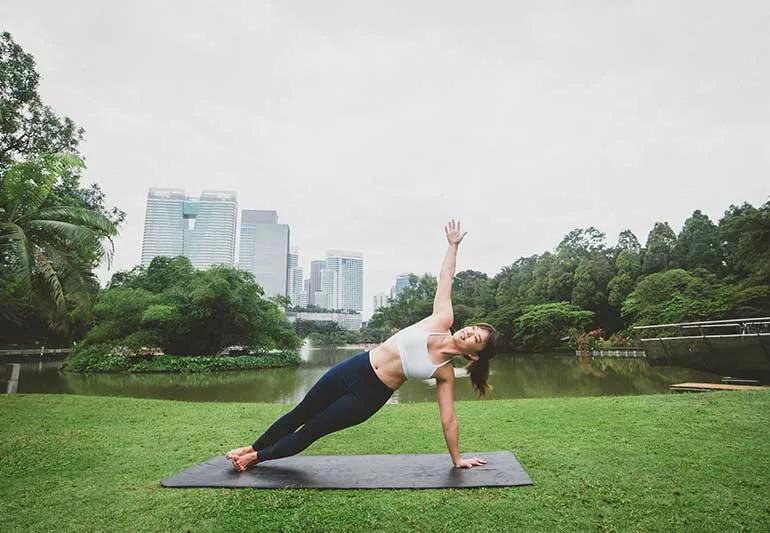
So much of yoga is about achieving a balancing act:
Advertisement
Cleveland Clinic is a non-profit academic medical center. Advertising on our site helps support our mission. We do not endorse non-Cleveland Clinic products or services. Policy
When it comes to the physical practice of yoga, the key to holding any yoga pose is making sure your core muscles are focused and strong. Without them, your yoga session could fall apart.
Physical therapist and certified yoga instructor Patti Kopasakis, PT, DPT, SCS, RYT-200, explains the importance of improving your core strength, along with several poses dedicated to doing just that.
Your abdominal muscles are just one component of your core. Your core is composed of:
These large muscle groups provide stability and support for every move you make during the day. Strengthening these muscles helps to absorb forces from daily activities and decrease the forces that move through your joints. So whether you’re focused on strength alone or your flexibility, your core muscles are the root from which all other muscles can do these things in tandem.
Plus, strengthening your core can also help you reduce your risk for common injuries like hip flexor strains and sports hernias. Working your core muscles can also provide much-needed relief for back pain.
Advertisement
“People often think of your core as just your abdominal muscles, but it’s comprised of much more than that,” says Dr. Kopasakis. “Strengthening your core is very important, but it’s equally important to relax your abdominal muscles. Yoga is a great tool for this as it incorporates both core strengthening movements as well as relaxation through breathing.”
The following yoga poses are designed to strengthen your core. You’ll want to try holding them for two to three breaths at first, then increase the number of breaths to challenge yourself when you feel like you’ve got them down. When faced with one-sided poses, make sure you repeat the same moves on the other side for a balanced effort.
Note: Poses should be entered into and moved out of slowly to protect muscles and joints. If you are having specific pain that has been ongoing for longer than two weeks or you have a specific injury, it is always best to consult a qualified health care provider, such as a physical therapist, who can develop a plan specific to your needs.
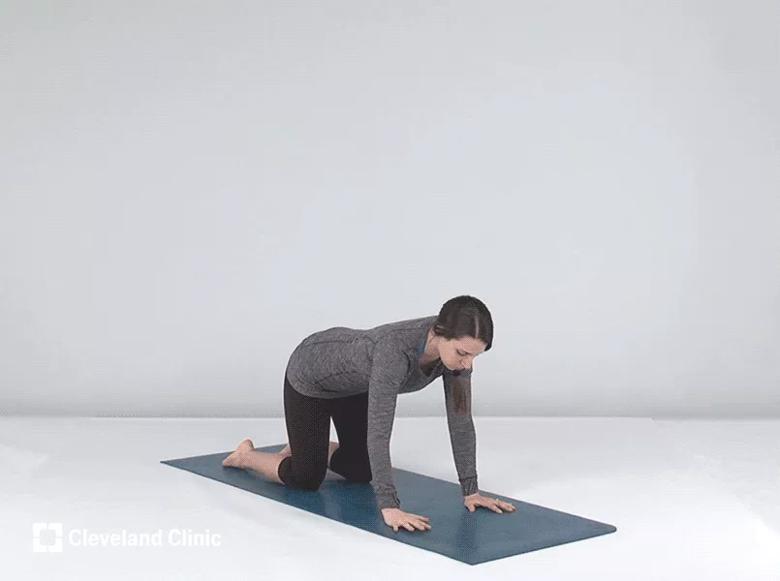
This pose, also called Balancing Table Pose, is designed to strengthen your core and lengthen your spine. This pose may be more challenging if you have chronic knee injuries or difficulty with mobility in your arms or shoulders.
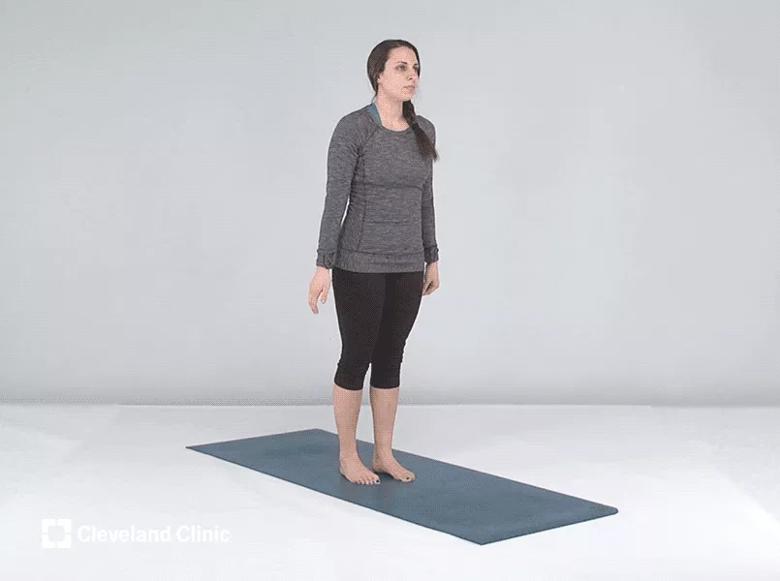
This pose, which can help improve your balance, is meant to strengthen your core without putting too much pressure on your back.
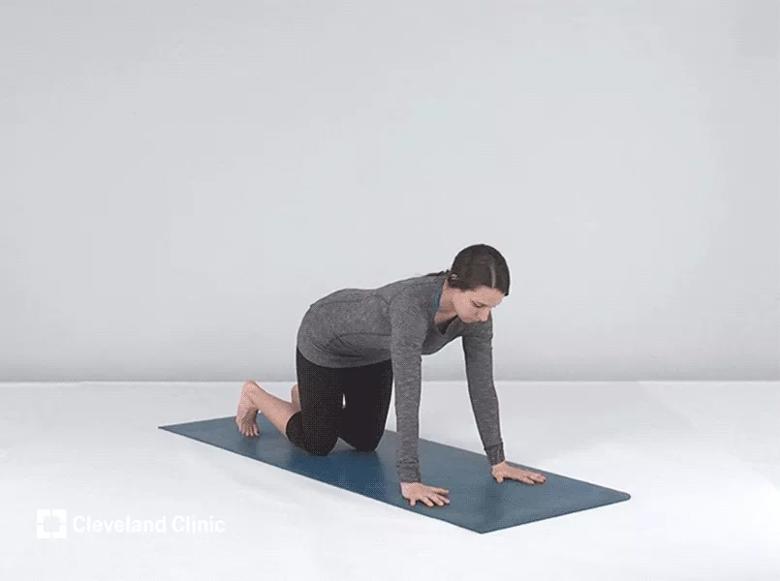
This simple pose helps develop strength in your upper body, forearms and wrists. It targets the front abdominal area more than the sides in the previous exercise.
Advertisement
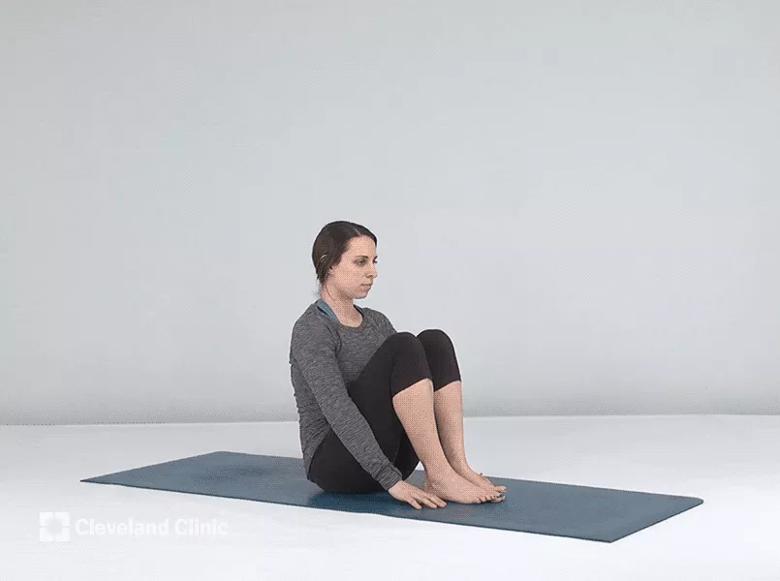
This pose can be challenging, but there are a few variations you can do to meet different levels of expertise. The key to mastering this position is to try not to focus so much on your legs that you lose track of the positioning of your back and your focus. When doing this position, you don’t want to be slumped over or have hunched shoulders. At its most challenging, your body will take the shape of a ‘V’, with the focal point being your sit bones.
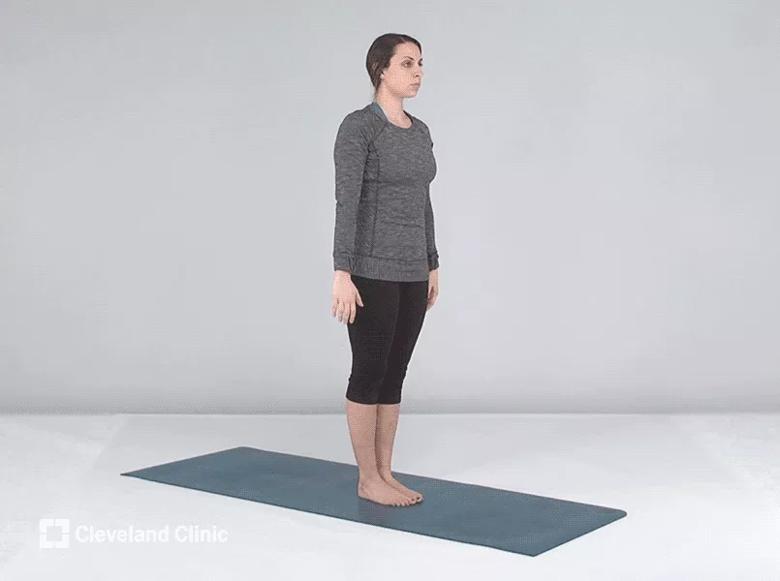
This standing pose puts more focus on your thighs and ankles, while demanding a bit more from your core muscles. While challenging, this pose requires a lot of focus and follow-through. Hold this pose as long as you can. For an added challenge, sink deeper into “your seat” while remaining standing.
Advertisement
Advertisement
Learn more about our editorial process.
Advertisement

This gentle yoga stretch supports your spine, strengthens your core and calms your mind

Focus on inhaling and exhaling through 12 steps of a complete sequence

Stand tall and feel grounded with this foundational yoga pose

This transitional and restorative yoga pose provides a full-body stretch

Somatic yoga focuses on the sensation and experience of movement — not striking perfect poses

Balasana, or child’s pose, is a restorative full-body yoga technique
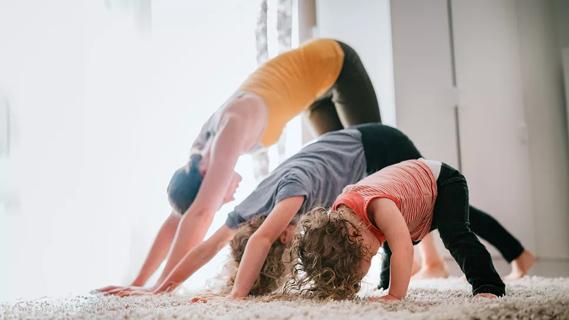
Kids’ yoga can help kiddos become more aware of their physical, mental and emotional selves
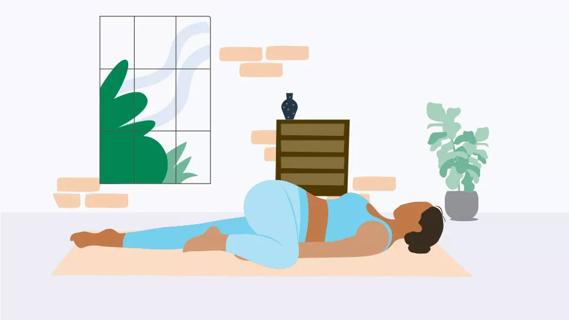
This mindful practice is designed to give you mental and physical relaxation

Babies can get congested easily, but you can calm their cough by keeping them hydrated, using nasal drops and running a humidifier

Weight loss may cause loose, sagging skin and muscle loss to your rear

Several conditions, like vitiligo and fungal infection, can cause a loss of pigmentation, leading to white spots or patches on your skin